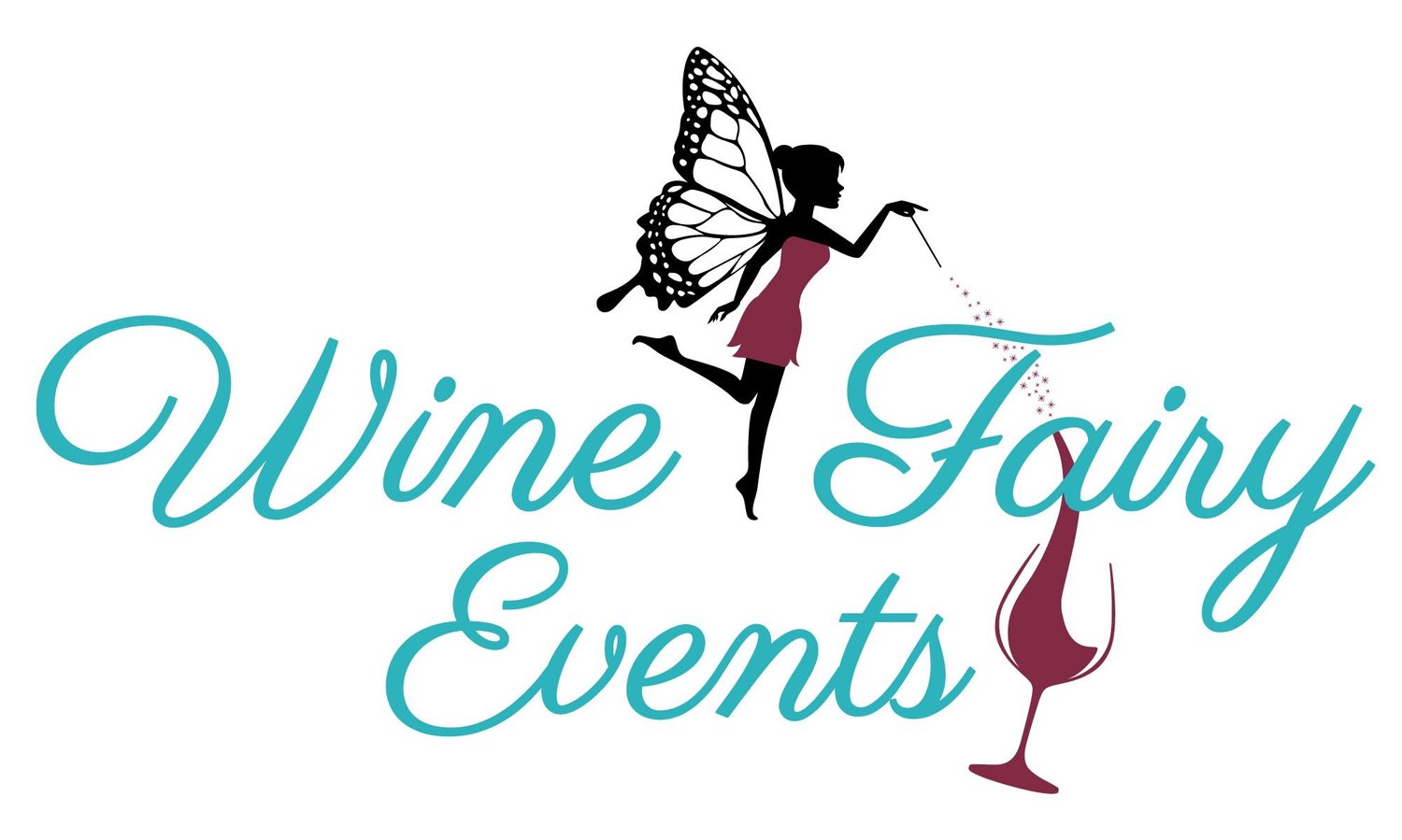How to Start Your Own Wine Cellar: Tips for Building a Collection That Lasts
Starting your own wine cellar is not only a fun project for wine enthusiasts but also a way to ensure you always have the perfect bottle for any occasion. Whether you're a casual collector or aiming to create a robust selection of fine wines, here's a guide to get you started:
1. Find the Right Storage Space
The first step to building a wine cellar is finding the right location. Wine is sensitive to changes in temperature, light, and humidity, so it’s important to store your bottles in an environment that protects them. Consider the following when choosing your storage space:
Temperature: Keep the wine between 50–59°F (10–15°C). Fluctuations can spoil the wine over time.
Humidity: Aim for 60–70% humidity to prevent the cork from drying out and allowing air to seep in.
Lighting: Wine should be kept away from direct sunlight. UV rays can cause the wine to age prematurely. A dark, cool place, like a basement, is ideal.
Vibration-Free: Avoid storing wine near appliances or areas with constant vibration, as this can disturb the wine's sediment and aging process.
If you don't have a naturally cool, dark space, consider investing in a wine fridge, which can mimic the ideal cellar conditions.
2. Decide on a Budget and Collection Goals
Before buying wines, consider how much you’re willing to spend and what you want to get out of your collection. Are you looking to collect investment-grade wines that will appreciate over time, or do you simply want to have a variety of wines on hand for personal enjoyment?
Everyday Drinking vs. Aging: You might want to divide your collection into wines meant for immediate consumption and those intended to age for years.
Investing in Fine Wines: If you want to start with higher-end wines, focus on bottles from prestigious regions like Bordeaux, Burgundy, or Napa Valley that have a proven track record for aging well.
3. Start with the Basics: Focus on Quality
When building your collection, focus on quality over quantity, especially at the beginning. Here are a few tips on how to select wines:
Variety: Start by diversifying your collection. Include different types of wine (reds, whites, sparkling, and dessert wines) from various regions. For example, collect a few bottles of Cabernet Sauvignon, Chardonnay, and sparkling wines like Champagne.
Research Producers and Regions: Trusted wine regions like Bordeaux, Burgundy, Tuscany, and Napa Valley offer reliable aging potential. You can also explore hidden gems from lesser-known regions.
Age-Worthy Wines: Some wines are known to improve with age, such as red Bordeaux blends, Barolo, Brunello di Montalcino, and certain Chardonnays. These wines typically have the structure and tannins to evolve over time.
4. Understand Which Wines Age Best
Not all wines benefit from aging. Here are some general guidelines for selecting wines that improve over time:
Tannins: Wines with strong tannins, like Cabernet Sauvignon or Barolo, are built to last. Over time, tannins soften, revealing more complex flavors.
Acidity: High-acid wines like Riesling or Champagne age well because the acidity preserves the wine's freshness.
Sugar: Sweet wines, such as Sauternes or Port, can age for decades due to their high sugar content, which acts as a natural preservative.
Alcohol Content: Wines with higher alcohol content (like fortified wines) can also age longer than standard table wines.
Generally, wines designed to age will have the necessary balance of tannin, acidity, and alcohol to develop complex flavors over the years.
5. Track Your Collection
Once your wine collection starts to grow, it’s important to keep track of your bottles, their purchase dates, and when they’re ready to be consumed. Here are some tips to stay organized:
Cellar Management Apps: Use apps like Vivino or CellarTracker to catalog your wines and monitor their aging potential.
Labeling: If you’re storing wine in boxes or racks, clearly label each section with the wine type, vintage, and estimated drinking window.
6. Rotate Your Stock
As wines reach their optimal drinking window, it’s time to enjoy them! Be sure to periodically review your collection, consuming bottles that are ready to be opened before they surpass their peak.
7. Expand Your Collection Over Time
Building a wine cellar is a long-term project, so there’s no need to rush. Over time, you’ll refine your palate and discover new wines to add to your collection. Attend wine tastings, join wine clubs, or visit wineries to expand your knowledge and stock.
Starting your own wine cellar is not only about preserving bottles but creating an evolving collection of wines that reflect your tastes and experiences. With the right storage conditions, a diverse selection, and a thoughtful approach to aging, your collection can provide enjoyment for years to come!
